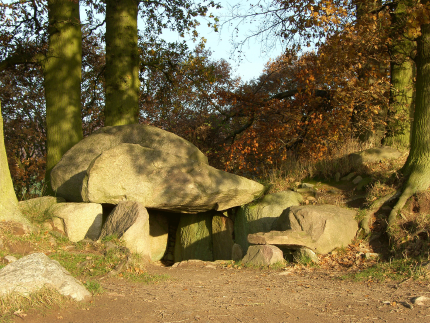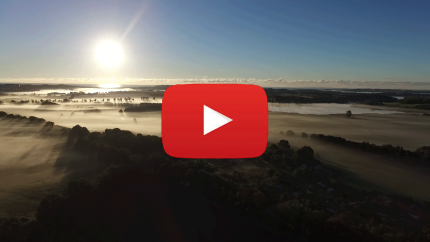UNESCO Biosphere Reserve Southeast Rügen
Country: Germany
Established in: 1990 and was incorporated into the World Wide
Web of the MAB program in 1991.
Surface area: 22.800 hectares.
Municipalities: Putbus, Göhren, Sellin, Baabe, Mönchgut, Zirkow,
Binz, Lancken-Granitz.
Main features: Landscape and coastal forms of the Mecklenburg-Vorpommern coasts. Peninsulas and coastal promontories connected to one another by narrow strips of land. Fine, wide sandy beaches along the east coast alternate with rugged cliffs.
Discover the Park!
Park Description:
The UNESCO Biosphere Reserve Southeast Rügen was created in 1990 and was integrated into the UNESCO MAB (Man and the Biosphere) programme in 1991. Within a relatively small area, diverse landscape formations characteristic of coastal Germany, which in a small space reflects all landscape and coastal forms of the Mecklenburg-Vorpommern coasts, have been placed under protection. Here land and water are intimately entangled: Peninsulas and promontories are connected to another via narrow strips of land and at the same time separated by the waters of bodden und bays. Wide, fine sandy beaches alternate with steep cliffs flanked by boulder-strewn beaches.

Tourism facilities at the seaside - Photo by the UNESCO Biosphere Reserve Southeast Rügen
The shorelines of the bodden (lagoons) are often bordered by reed beds. Expansive beech forests and dry grasslands are found on terminal moraines exposed after the glaciers retreated, whereas meadows and pastures flourish in the lowlands.Peninsulas and coastal promontories are connected to one another by narrow strips of land, separated from each other by Bodden and Wieken. Fine, wide sandy beaches along the east coast alternate with rugged cliffs, with impressive cliffs on their cliffs.
Beyond its natural beauty, the region is also known for its cultural heritage. Humans have long shaped this landscape by the sea. Evidence of human activity ranges from megalithic tombs dating to the Neolithic, to burial mounds from the Bronze Age, fortified walls from the Slavic era, churches and towns from the Middle Ages, all the way to the neoclassical and resort architecture from the last century.

Hillgrave at Lancken - Photo by Bildarchiv Biosphärenreservatsamt Südost-Rügen
CEETO Pilot Action Objectives:
The Zicker Berge which are located at the southern tip in the UNESCO Biosphere Reserve Southeast Rügen represent a valuable ecological area with species-rich grasslands. The Pilot Action of CEETO Project aims at evaluating the tourism pressure on this areas and to test and implement sustainable tourism management technique. The pilot area covers 22.800 hectares, half of it being water surface. Nearly 3/4 of the UNESCO Biosphere Reserve is made of Natura 2000 sites. The UNESCO Biosphere Reserve Southeast Rügen seeks to improve capacity in developing new sustainable tourism developmen policies and to develop/test approaches in the Reserve areas to the benefit of their natural heritag protection with ECO-Tourism possibilities and opportunities.
UNESCO Biosphere Reserve Southeast Rügen - CEETO Pilot Area video-presentation:
This video portrays the main natural features and tourism challenges that the UNESCO Biosphere Reserve Southeast Rügen, Germany, is facing. With CEETO project, the Park will test and implement a system to tackle the existing challenges.

